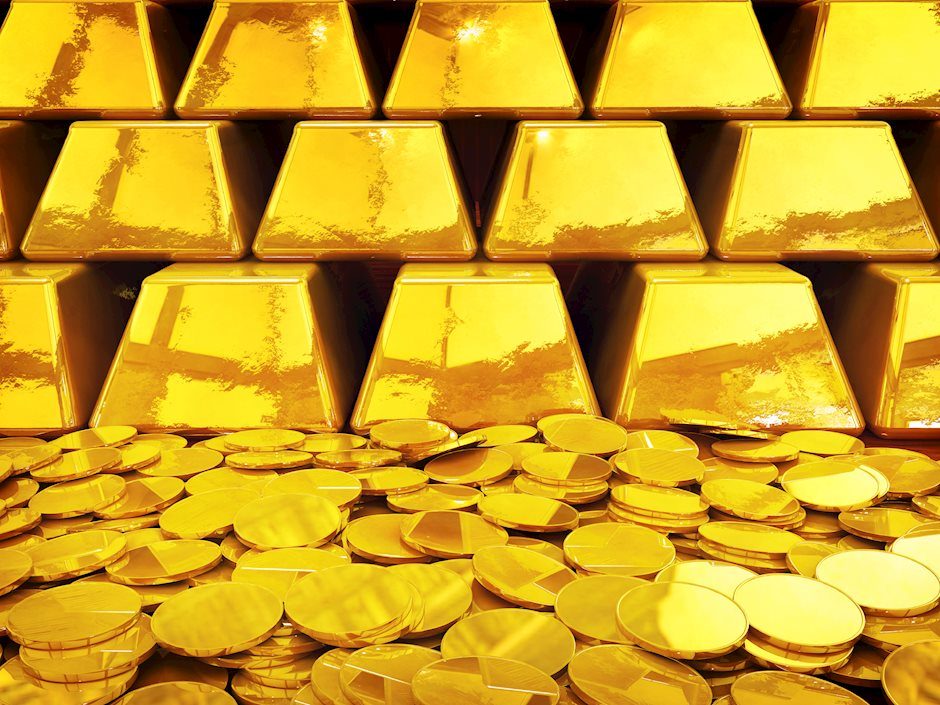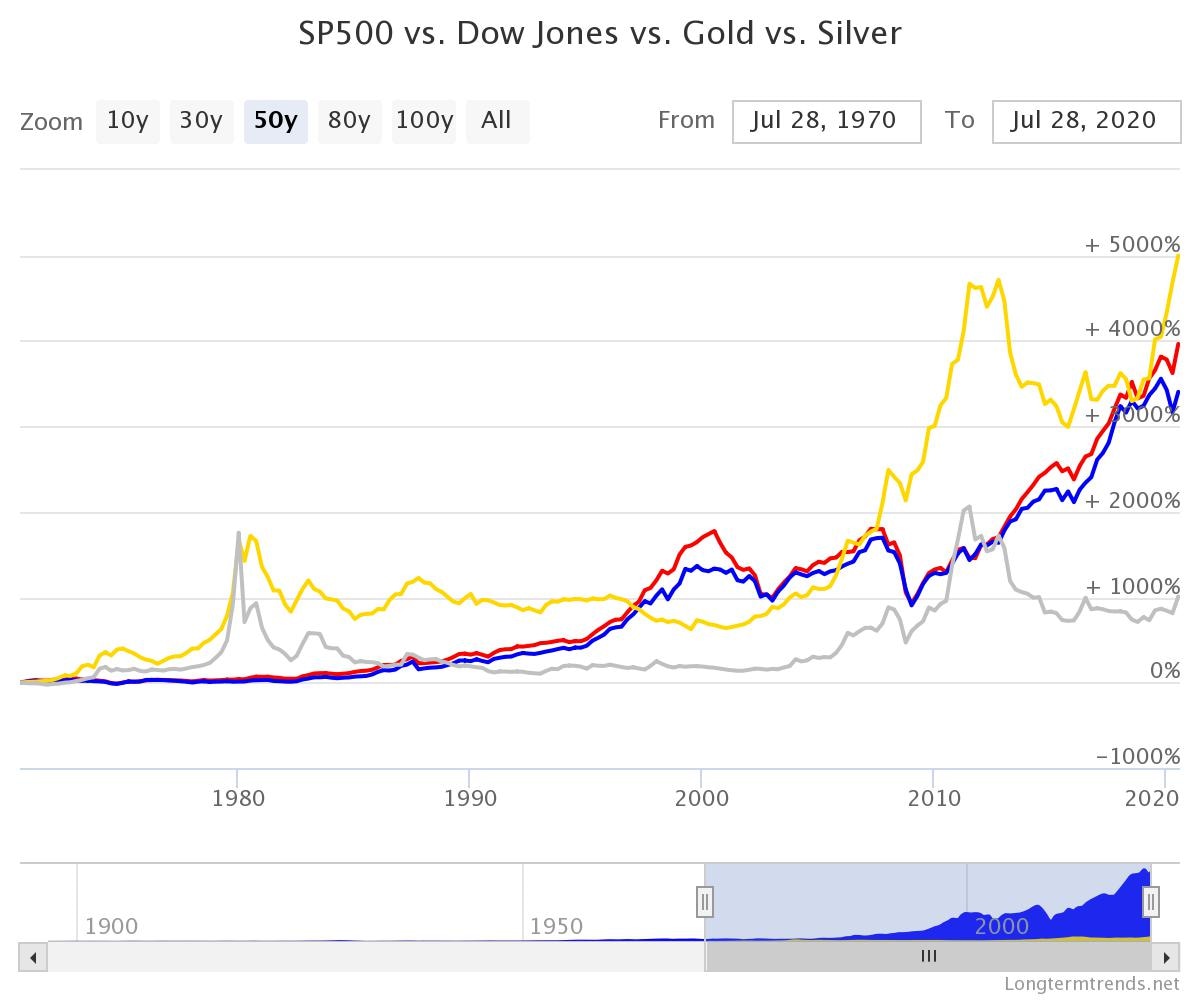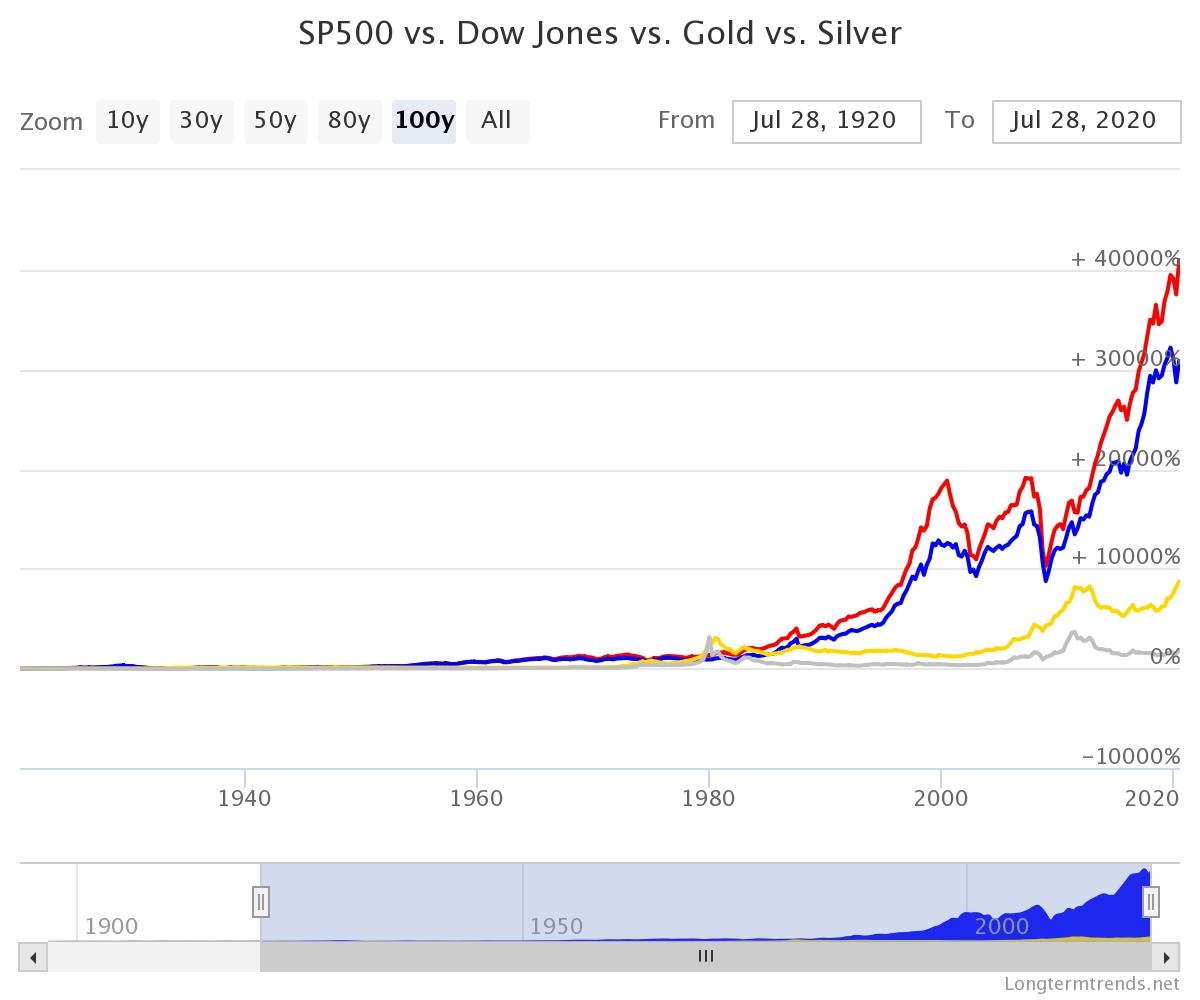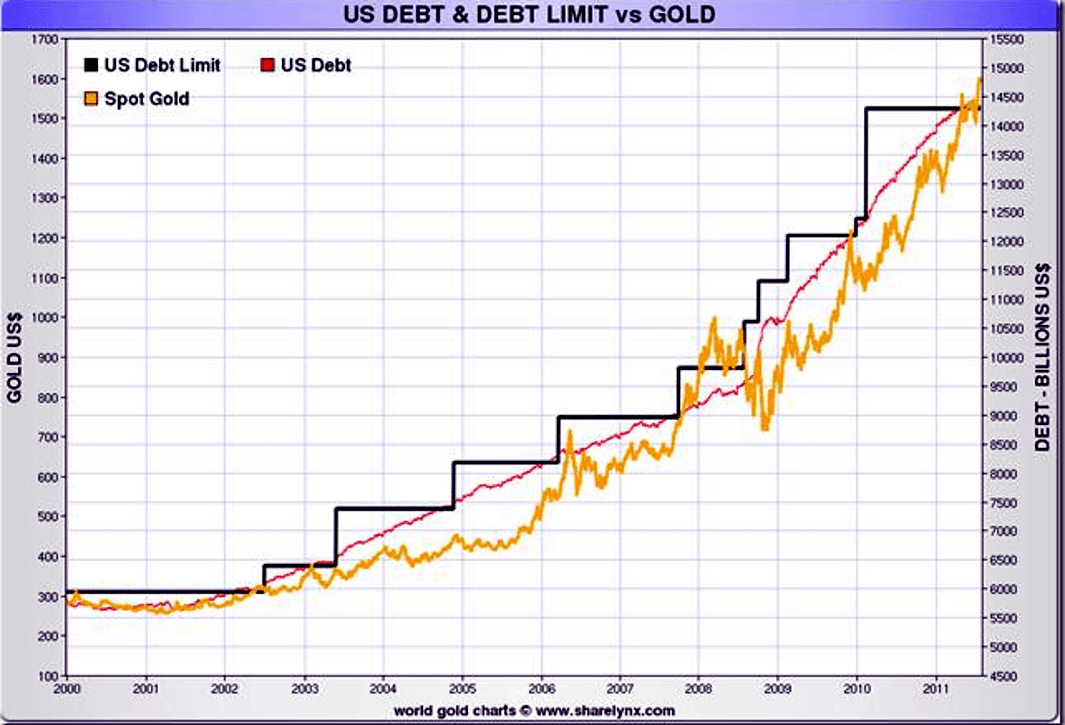Gold vs silver investment - Where should your money go?

Precious metals have long been considered as stores of wealth for thousands of years. Prior to the advent of the fiat currency system, the world’s currencies were directly or indirectly pegged to gold. Some proponents of the latter system still believe that holding precious metals is better than holding currency.
However, these people are small in number. The vast majority of people across the world think of gold and silver as a hedge against inflation. A way to make sure that their wealth is stored in something that is tangible and has a use as opposed to paper backed by the ‘full faith and credit of the government’. By far, the two most used precious metals for this purpose are gold and silver.
Generally, gold is considered to be the ideal metal to store wealth. However, silver also has its uses, and can be a better investment in certain conditions. As such, we will look at both and compare their potential as investments in the current economy.
Why Invest in Gold or Silver?
Precious metals are considered the perfect investment by many during times of economic turmoil. Until the turn of the millennium, very few individual investors knew about the utility of precious metals in a portfolio. In fact, gold was only really used by organizations and banks. However, the constant barrage of economic meltdowns ranging from the dot-com bubble to the COVID-19 crisis, along with questionable government programs such as Quantitative Easing have bought precious metals to the mainstream.
Gold and Silver have stayed true to their intended purpose. During most crashes, gold and silver have outperformed the stock market. At no point is this more apparent than during the housing bubble of 2008.
From October 2007 to March 2009, the S&P 500 fell more than 55%. However, the price of gold went up by over 25% during the same period. Silver, while not as high as gold, also rose by 1%.
Throughout history, we can consistently see silver underperforming against gold during times of crisis. We will look at why this is the case a little later. We will also compare their performance over the long-term to see whether silver may be preferable to gold in certain situations.
GoldSilver’s data on the recent S&P 500 declines. Both gold and silver tend to do better than the S&P 500, but gold tends to outperform silver by quite a margin.
Gold And Silver During Normal Periods
While both gold and silver are a good investment during times of crisis, their utility as a long-term investment is debatable. gold has underperformed both the S&P 500 as well as the Dow Jones in the last 10,30, and 100 years.
However, gold has performed better than both the indexes when we look at the last 50 years only.
Over the long-term, stocks tend to outperform gold. Here, we can see that the S&P 500 (red) and the DJIA (blue) both outperform gold and silver by quite a bit over the last 100 years. Source: longtermtrends
Do remember that the chart only shows absolute returns of the stocks. If you had invested all dividends and other income from the stocks back into them, your return would be exponentially higher.
Silver, on the other hand, has underperformed both other investments by a considerable margin. As such, silver does not seem to be a worthwhile long-term investment at all.
Gold and Silver as Investments
While both gold and silver are precious metals, they behave quite differently from one another. Before you decide to invest in either of them, you must understand the key differences between the two.
Silver Performs Worse in Crashes
We mentioned previously how silver seems to perform much more in tandem with the economy as opposed to gold which rises in price during a crash. The simple reason for this is that silver is used abundantly in industry. Over half of the silver mined every year is utilized in industry.
When the economy collapses, factories often reduce their output or shut down entirely. As such, the demand for silver falls massively. This leads to silver often falling in price during a crash, despite many investors flocking to it as a safe asset.
Its properties as a conductor of heat as well as electricity, along with its reflective nature, make it ideal for many industries. Until a better alternative is found, silver will always be more volatile than gold.
Gold Has a Much Larger Supply
In absolute terms of mass, silver has a much larger supply than gold. However, due to gold’s rarity, its price is a lot higher. As such, the annual supply in USD is around 12 times larger for gold as compared to silver. That being said, physical gold has many different uses besides investing.
Due to this, it takes much less to trigger an upward or downward trend in the silver markets. Due to this, silver markets become even more volatile and often experience rapid increases or decreases.
Another important point to remember here is that due to its cheaper price, silver requires a lot more storage space than a similar amount (in USD) of gold. This increases the price of its option contracts and makes it less desirable to individuals as it cannot be efficiently stored in safe-deposit boxes.
Silver is Cheap
Despite many disadvantages, the one advantage that silver has over gold is its lower price. This means that it is easier for small-time investors to purchase certain quantities of silver as compared to gold.
Both silver and gold are often sold in the form of bricks and coins, so it is quite difficult to purchase a small amount of an expensive metal like gold. Most investors who want exposure to gold but do not have a lot of money either invest in gold ETFs or gold mining stocks.
Potential and Risks of Investing in Gold and Silver
Let’s go ahead and directly compare gold and silver to one another.
Gold
Gold has traditionally been a safe haven for investors who do not believe in the strength of the current economy. This was proven once again during the COVID-19 crisis, as gold gained more than 16% during the first half of 2020.
Due to its low volatility, high demand (which is continuously rising as the ramifications of quantitative easing become apparent), and history as the primary store hold of wealth for centuries, gold has always been a part of mainstream finance.
The Federal Reserve printed more than $3 Trillion to counteract the negative consequences of COVID-19. This has led to many investors being wary of extreme inflation in the next few years. Gold has limited supply and it usually rises as the cost of living increases.
As such, it is seen as an excellent hedge against inflation. Not only that, there seems to be an almost exact positive correlation between the price of gold in USD and the total debt limit of the US.
Gold seems to rise (in terms of USD) in near-perfect correlation to the US debt ceiling.
That said, gold has its own risks. Perhaps the biggest one is that other investment classes usually tend to outperform gold by quite a bit during bullish market conditions. If the worst is behind us, then gold will probably not fare well over the next few years.
Silver
The main advantage that you get when you own physical silver is convenience. Not only can you purchase silver quite easily, but it is also easier to offload as compared to gold. Meeting a small financial need is much easier with silver due to it being only a fraction of the price of gold.
Another important point to note is that the demand for silver is rising, both in industry as well as consumers (as investment as well as jewelry). This, coupled with the fact that most governments across the world have stopped stockpiling the metal, means that a long bull run may be coming for the metal.
Silver has been on a constant downfall in the last decade. At its highest, it hit $50/ounce. However, it finished 2019 at a very modest price of $17.83/ounce. Due to this, silver is being mined less and less each passing year. Once you couple the increase in demand with a fall in supply, it is easy to see how profitable an investment in silver could be.
However, you must not forget the risks associated with silver. Due to it being so readily available and cheap, all these factors could change in an instant. It is also important to remember that until the complete effects of COVID-19 become apparent, there is still a chance of a continued decline of industrial silver demand which may hamper its price.
Conclusion – Which is Right For You?
Right now, less than 1% of the world’s total wealth is invested in gold and silver. Even a minor increase in this percentage could have a significant impact on their prices. What is even more interesting is that the demand does seem to be gradually increasing. So much so that mining cannot keep up with it!
This means that you might see favorable returns on your investment regardless of which metal you invest in. However, the purpose of gold and silver is very different. As such, they are for people of very different mindsets.
Generally speaking, gold is for more conservative-minded investors. While it is possible to see higher returns in silver, you will need to time your exits and entries into the commodity in order to do that. Gold, on the other hand, is great for investors who want to sleep well.
Do remember that gold should only be a small part of your portfolio usually. If you begin to see a crisis looming ahead that may cause uncertainty in the markets, only then should you flock to gold before everyone else does and raises its price.
Silver is a lot more of an opportunistic investment. Due to its volatility, it can give returns that are much better than gold in certain conditions. However, silver does not tend to fare well when held for a long time.
My advice is that conservative investors who are looking to hedge their portfolio with precious metals should stick with gold. Only those who understand the world of commodities in depth should try to trade silver. Those with experience could quite possibly greatly enhance their returns if they invest in silver at the right time. Novice investors, on the other hand, will probably lack sufficient knowledge to trade it effectively.
Author

Baruch Silvermann
The Smart Investor
Baruch Silvermann is a personal finance expert, investor for more than 15 years, digital marketer and founder of The Smart Investor.




















